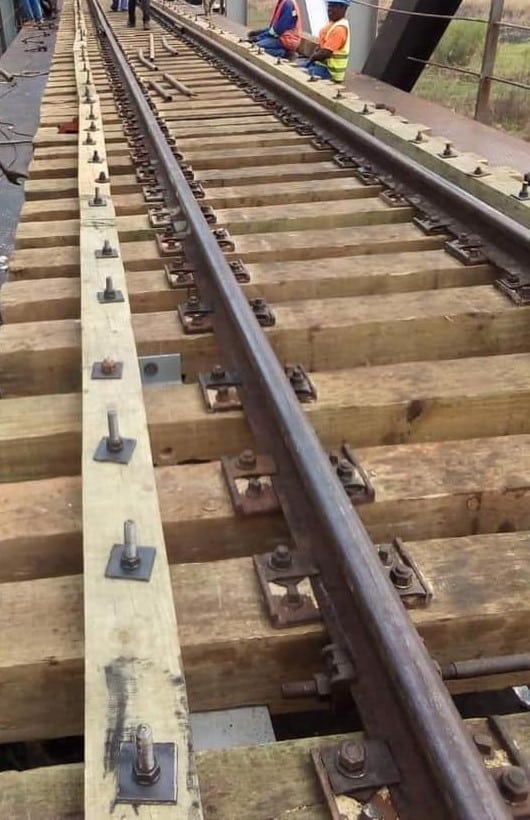Angola’s Ministry of Transport is set to launch an international public tender for the concession of the Moçâmedes Railway Line, a major milestone in the government’s plan to transform the nation into a regional logistics powerhouse. Reported by Forbes Africa Lusófona, the initiative marks a decisive step toward developing the Southern Corridor, a project designed to connect Angola’s mineral-rich interior provinces with the Atlantic coast and neighboring countries.
Scheduled to begin next month, the tender aims to create a public-private partnership (PPP) that will enhance national logistics competitiveness and position Angola as a key gateway for trade in Southern Africa. Transport Minister Ricardo Viegas D’Abreu said the concession will integrate the provinces of Huíla, Cuando Cubango, and Namibe with neighboring Namibia and Zambia, while elevating the Port of Namibe into a competitive alternative to other regional ports, including Namibia’s Port of Walvis Bay.
“We have high expectations regarding the interest this tender will generate among major international players,” D’Abreu said during the inauguration of the first Angola Hub Transport & Logistics Summit. He emphasized that the Moçâmedes project goes beyond transportation, envisioning a broader industrial transformation that includes the development of a domestic steel industry. The initiative aims to add value to the iron ore extracted from the Cassinga mines in Huíla Province, supporting Angola’s long-term goal of economic diversification and industrial self-reliance.
The Moçâmedes Railway Line forms the backbone of the Southern Corridor, a strategic route connecting inland economic zones to the Atlantic Ocean. Once operational, it is expected to stimulate regional trade, attract foreign investment, and improve cross-border logistics between Angola, Namibia, and Zambia. By integrating mining, manufacturing, and export sectors, the project seeks to strengthen value chains and promote sustainable economic growth.
At the summit, D’Abreu also highlighted several other major transport and infrastructure projects currently reshaping Angola’s connectivity landscape. These include the Caio Deepwater Terminal in Cabinda, new international airports in Cabinda and Mbanza Congo, the Dande Free Zone and its associated port terminal in Bengo, and the planned “airport city” surrounding the new international airport in Icolo e Bengo. Together, these projects are part of Angola’s national strategy to modernize infrastructure, attract private investment, and boost employment.
“These projects are delivering tangible results for the Angolan nation,” D’Abreu noted, citing job creation, technical training, and trade facilitation as key outcomes. Analysts believe that if successfully implemented, the Moçâmedes concession could reposition Angola as a vital logistics and trade corridor between the Atlantic Ocean and the landlocked economies of the Southern African Development Community (SADC).
By advancing this ambitious infrastructure program, Angola aims to solidify its role as a regional transport hub, diversify its economy beyond oil, and lay the foundation for long-term growth driven by logistics, industry, and innovation.


